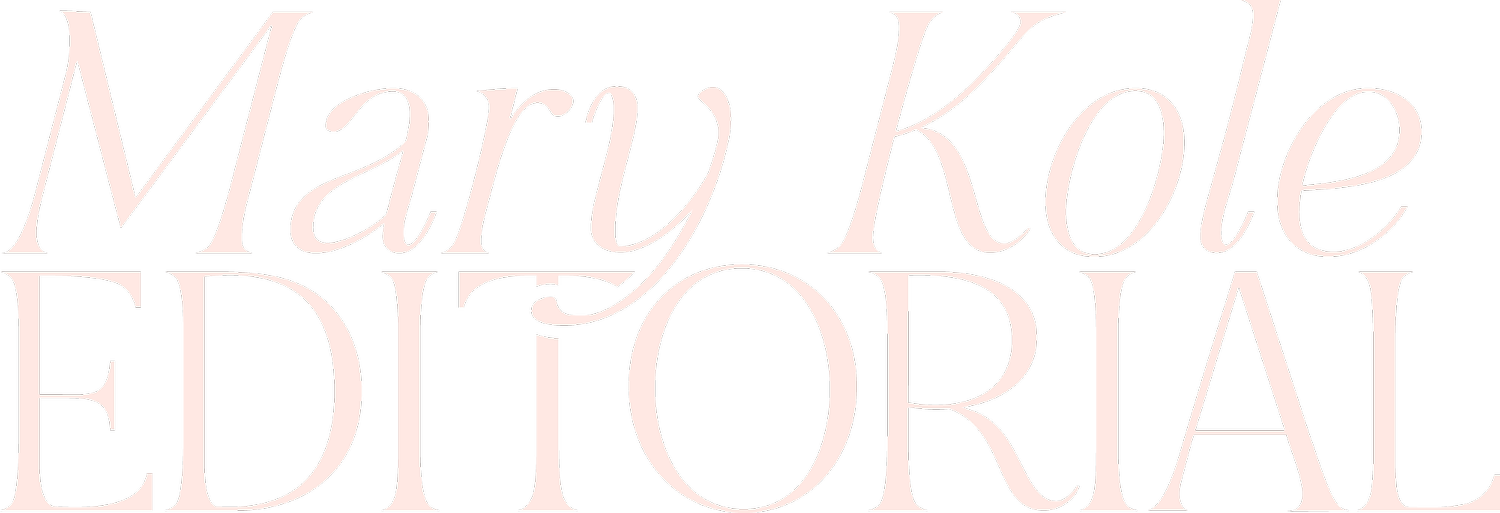Crafting a Compelling Story Theme That Will Enhance Your Writing
By Mary Kole
Mary Kole is a former literary agent, freelance editor, writing teacher, author of Writing Irresistible Kidlit, and IP developer for major publishers, with over a decade in the publishing industry.
Writing fiction is all about crafting an immersive experience for the reader, and that includes creating a compelling story theme. To ensure that your work captivates your audience and resonates with your readership, you must consider how story theme influences every aspect of your work. In this article, I’ll discuss how to develop a story theme, when and why to use it, and how it intersects with characters and plot in fiction writing.
What Is Story Theme?
Story theme is the central message or idea that informs and shapes the entire narrative. But be very careful—it is not an ax to grind, a soapbox, or a lecture. (You’ll want to avoid outright moralizing in your work at all costs, as readers find this condescending, especially kid readers.) Your story theme can be conveyed through characters, setting, plotlines, worldbuilding, and dialogue. The challenge, though, is that you should never state a story theme outright. Your work must embody your story theme without expressing it on the page, which is a tall order and demands rigorous writing craft.
Story theme provides meaning to narratives by connecting topics such as love and loss, revenge and redemption, justice and injustice, identity and belonging—the list goes on! It also has the power to stir up emotion in readers by allowing them to relate personally to the events unfolding before their eyes, and once your reader relates to your work, they’ll be hooked.
Developing Story Theme
When developing a story theme, start by considering what universal messages you want to communicate through your work. For example, do you want to explore ideas about justice or show how true friendship can overcome any obstacle? Whatever you decide should be reflected in each element of your narrative—from character development and setting descriptions to plot twists and climaxes—so make sure you keep it at the forefront of your mind while writing!
Also look into literature from other genres or time periods that have dealt with similar themes; this may help spark new ideas or give you fresh perspectives on familiar material. If you’re stuck for inspiration, try looking into current events or social issues that could provide real-world context for your work.
When and Why You Should Use Story Theme
Story theme should be used whenever possible—they not only add depth to your writing but also to allow readers to come away with something meaningful after experiencing your work firsthand. Before you start any writing project, figure out what you’re trying to actually say. This is the beginning of your story theme for the project.
If done correctly, your story theme can even evoke strong emotions from readers—depending on your main subject matter, this could range from sadness or anger all the way up to joy or hope (which many contemporary readers are actually looking for, as long as it’s done in a grounded way). Additionally, your story theme can help distinguish your work from others in the same book genre or category in this competitive market.
Story Theme Intersection With Characters and Plot
When incorporating story theme into character arcs or plotlines in fiction writing, remember that you don’t want to be obvious. Instead, let your idea of story theme slowly unfold throughout the entire narrative until the final image at the end. This allows writers more freedom when creating complex storylines because they don’t have to worry about making everything obvious to readers early on—they just need enough hints along the way so that your audience can piece together what the work is actually about.
Additionally, if you’ve been told that you have a flat character, you can really have them grapple with elements of your story theme in interiority, and that can add additional layers and complexity. Your story theme can also shape your plot. For example, if one character has an internal conflict between morality and ambition, then those two forces could drive their decisions throughout much of the book until they eventually decide which to pursue by the climax. Story theme should also be central to the protagonist vs antagonist conflict throughout.
Story theme is an essential element of creative writing success—it adds depth while keeping readers engaged throughout each twist and turn of your narrative. To craft an effective story theme, consider the universal message you’re trying to convey. Writing meaningful stories for today’s market means fulfilling your readers both emotionally and intellectually, so think of what you have to say to the world.

Click here to purchase Writing Interiority: Crafting Irresistible Characters, my book on interiority and character creation. Explore your protagonist’s thoughts, feelings, reactions and interpretations, expectations, and inner struggles to create a rich, immersive experience. This guide will empower you to create characters who live and breathe on the page, fostering an unbreakable bond with your audience.



